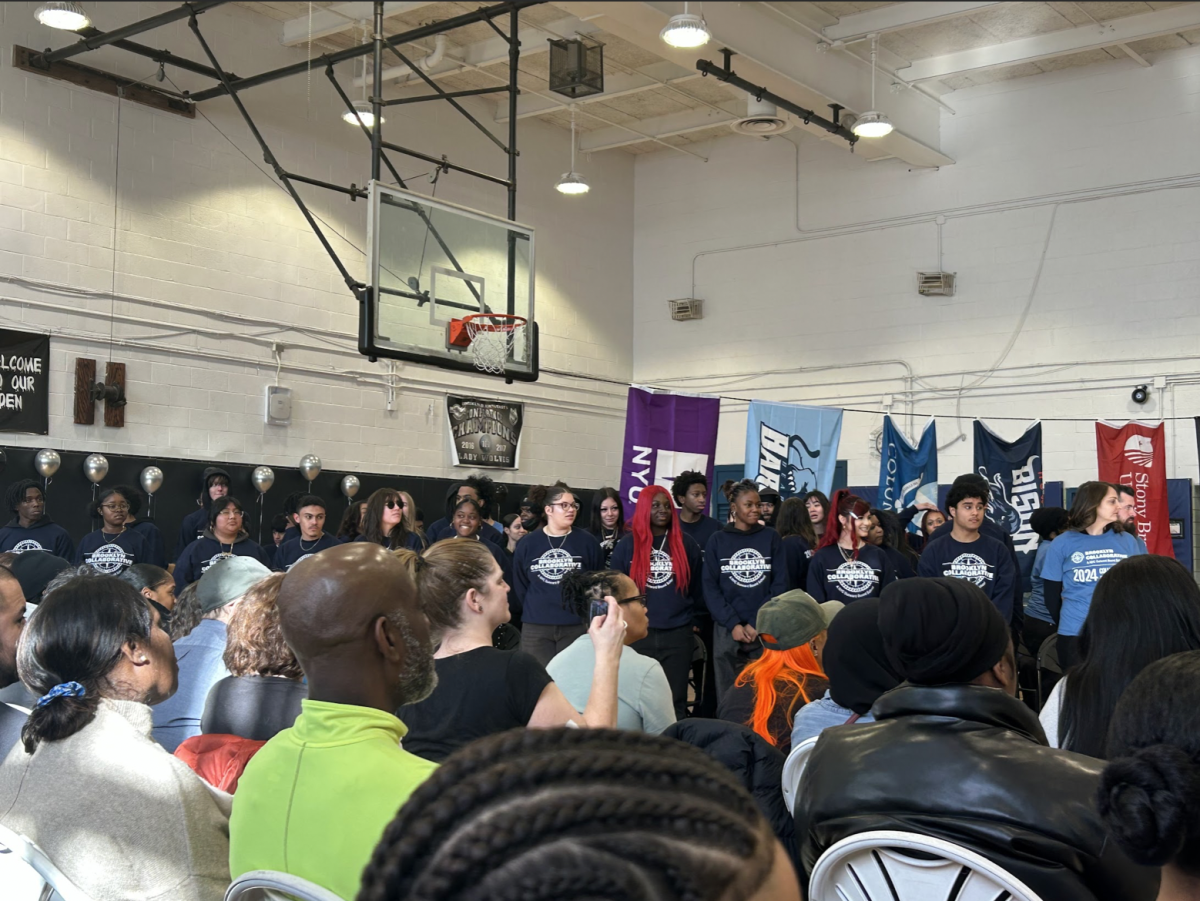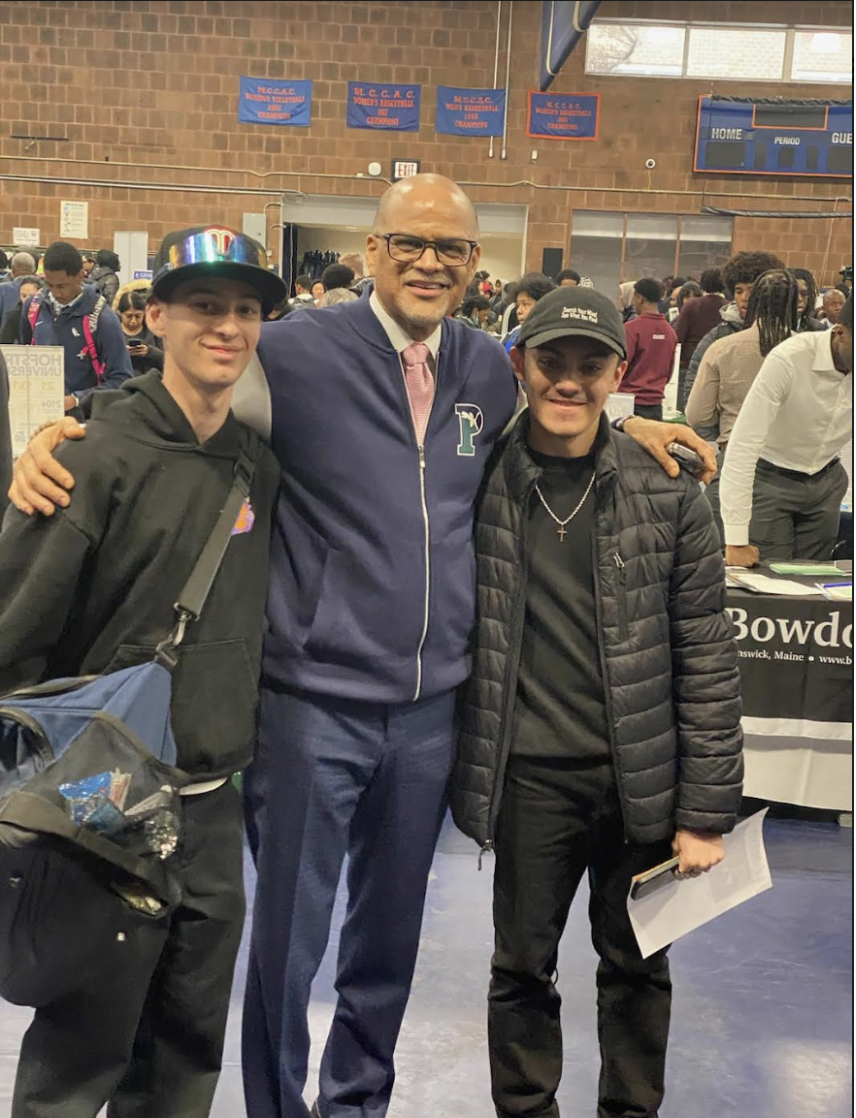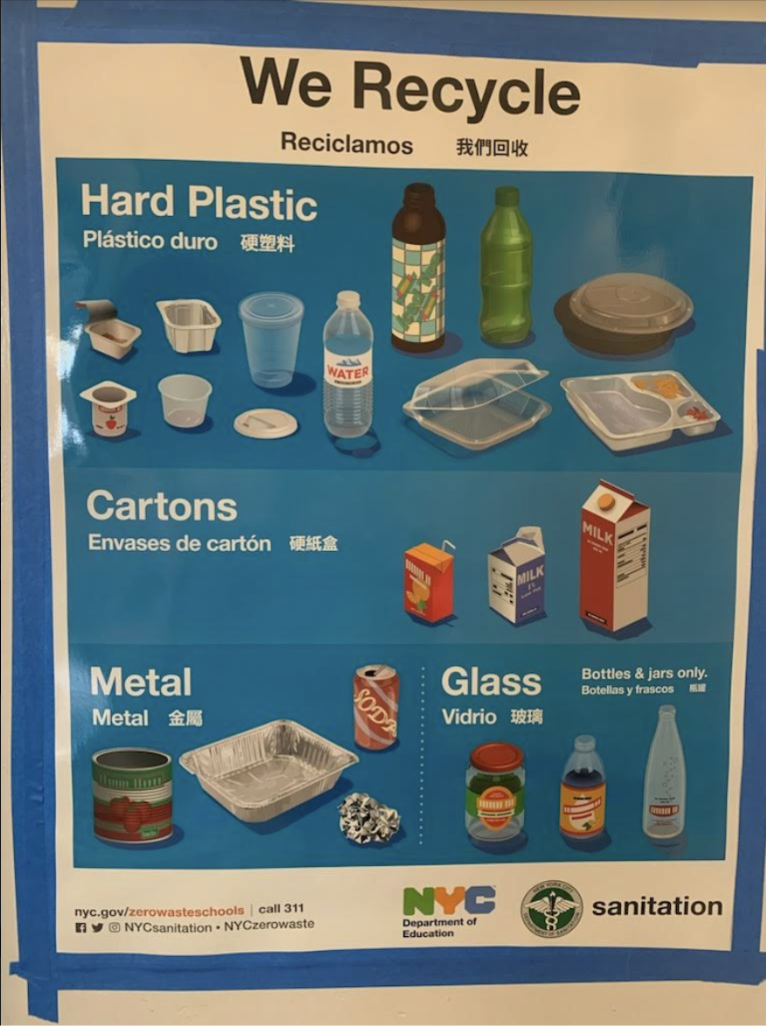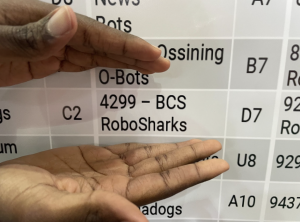 We knew we were small, pocket sized in the eyes of our competitors. We knew we didn’t have the biggest funding, the most advanced modifications or intimidating contraptions. We knew that our robot, a product of many a long night, was built on the premise of unrelenting determination rather than the utmost technical prowess. We were the BCS Roboshark. This had been enough until this point in the games. But last place? Well last place was fitting with our formerly battered spirits. But don’t let our precarious beginnings fool you. This is an underdog story you’ll wish you never missed.
We knew we were small, pocket sized in the eyes of our competitors. We knew we didn’t have the biggest funding, the most advanced modifications or intimidating contraptions. We knew that our robot, a product of many a long night, was built on the premise of unrelenting determination rather than the utmost technical prowess. We were the BCS Roboshark. This had been enough until this point in the games. But last place? Well last place was fitting with our formerly battered spirits. But don’t let our precarious beginnings fool you. This is an underdog story you’ll wish you never missed.
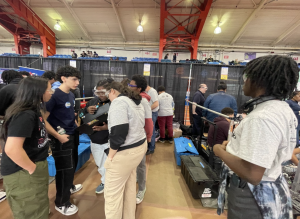
I joined the BCS robotics team at the start of my sophomore year, encouraged by a senior friend and longtime team member Gabriel Liang (class of 2023). I committed myself to the club, although I was new to the STEM field and to the daunting tasks of designing, programming and manufacturing robots. All I had was a mild interest and an eye on my college applications. To be honest with you, that’s all you need. Team mentor and BCS/BNS technology coordinator Ed Kelly runs on the motto that as long as you’re willing to try, you’re in. You might have to endure a couple of bad jokes along the way!
This year formally began when we entered the NYC FIRST Robotics competition. FIRST Robotics, a STEM non-profit organization dedicatead to advancing youth-based robotics education through competition, since 1992. Our season typically consists of a beginning kickoff, six tense weeks for the building and design process, and an ending competition geared towards selecting the top ten in-state teams for final championships.
Building a robot entails four main components: design, engineering, programming, and electrical work. With a group as small as ours, about nine members strong on a good day, all hands were on deck for the building process. Engineering, or executing our design, proved to be the shortest task this season. Including meeting on Saturdays, we built our bot and wired it in record time. Riding the high of such an accomplishment I speak for the majority in saying that we thought we were ahead of the game. We were going to be ready to go, rise from the ranks and excel with our astounding preparedness. All that was left was the formidable task of programming.
Coding is no question the most difficult and simultaneously most important aspect of building a robot (an assembled hunk of metal is useless without a program feeding it instructions). With a resoundingly low volunteer rate to the challenge, we ended up enlisting the assistance of freshman class paraprofessional Java. Java proved to be one of the most valuable people in the room when it came to making our robot run, with a degree in computer science under her belt she coached our resident programmers, Heily Collado (Grade 12) and Matthew Thompson (Grade 12), through the entire process and able to compose a strong foundation for our robot to operate.
Following a few quick adjustments and several final checks, we set off on the Friday of April 5 at 6:00 a.m. bound for The Armory On The Hudson in Upper Manhattan. As we hauled in supplies, our team immediately noticed the shimmering appearances of the other teams whose stations looked like NASCAR workshops. Team mascots pranced around as crowds of vivacious supporters howled. Throughout the cavernous Armory, flooded with the mechanical clankings of power tools and manic shouts of team mentors directing machines, our team quickly recognized the simplicity and sparseness of our resources. Some teams were sporting sizable and costly robot extensions, while others showcased extravagantly advanced mechanics. Our team resolved that to get through the three days of competition without being effectively annihilated was reward enough.
To be fair, there was some comfort in knowing that we were never going to place first as a team. Without the pressure of needing to be perfect, we approached the competition committed to collaboration and having fun as a team, instead of begin consumer by anxiety and dread. We immediately made friends with member from other teams. Throughout the weekend, there was a spirit of community and any competitive spirit tension was mild at best. In fact, members from rival teams were uncharacteristically kind and aided our team when we had a design error in our robot, leaving us with a series of last place finishes.
Reminiscent of the infamous underdog sports movies, our team improved our point intake during the games. In a last ditch effort to bring ourselves out of our last place ranking, we used duck tape and string and fashioned together a new intake mechanism in our third to last match of the competition. Each of our team members had a job, including operating the robot and making sure it ran smoothly. The two minute match flew by in a flurry of point scoring and collisions. No one was sure of our standing until announced on the scoreboard. Red team wins!!!
It only counted for a few points, but this meant everything to us and kick started our steady climb upwards in the overall competition. With a newfound sense of hope, in our remaining matches, our team moved our of our last place distinction finished 38th place out of 52. Some might see this ranking and think, “not much, nothing really special”,’ but to the BCS Robosharks this ranking meant everything. This was our own, personal, little victory!

